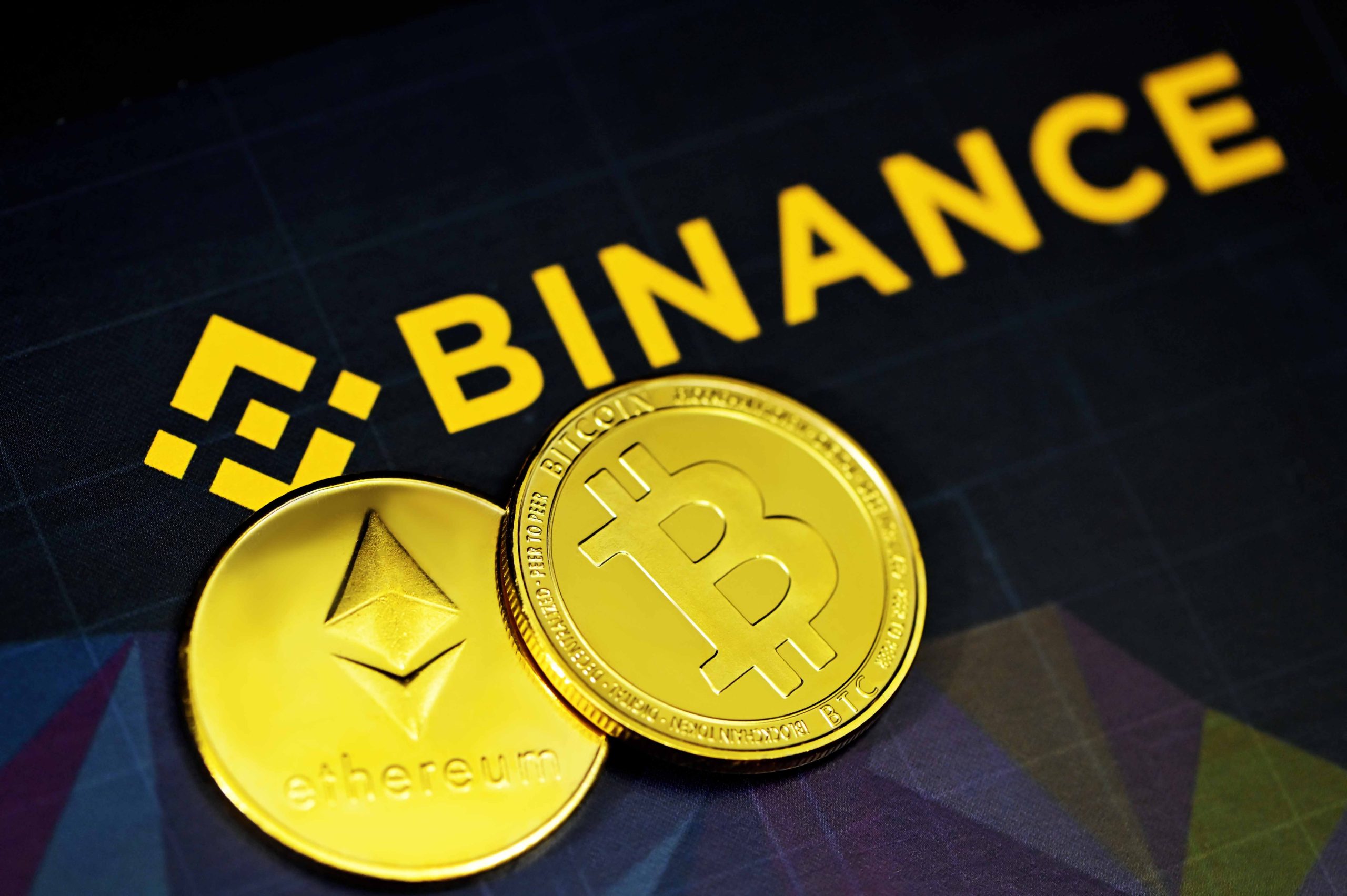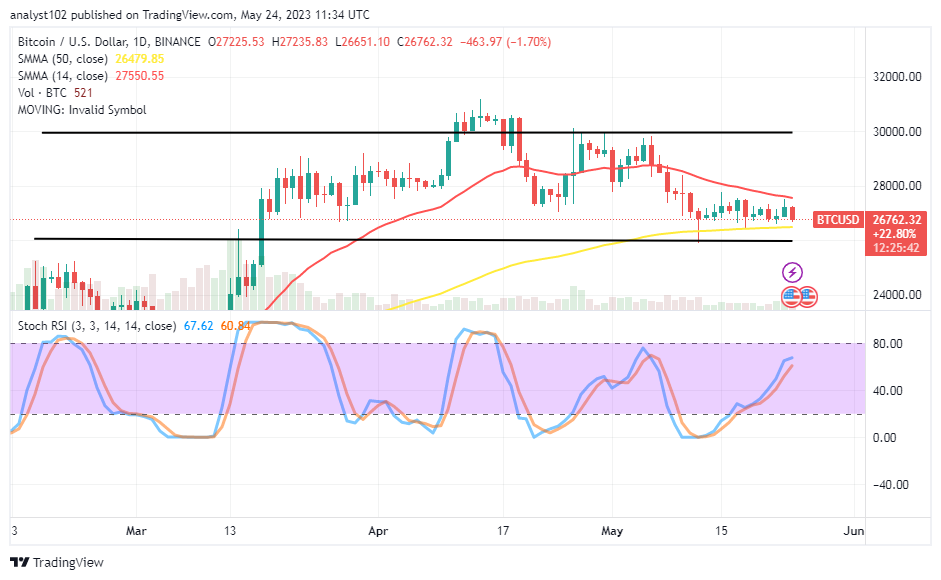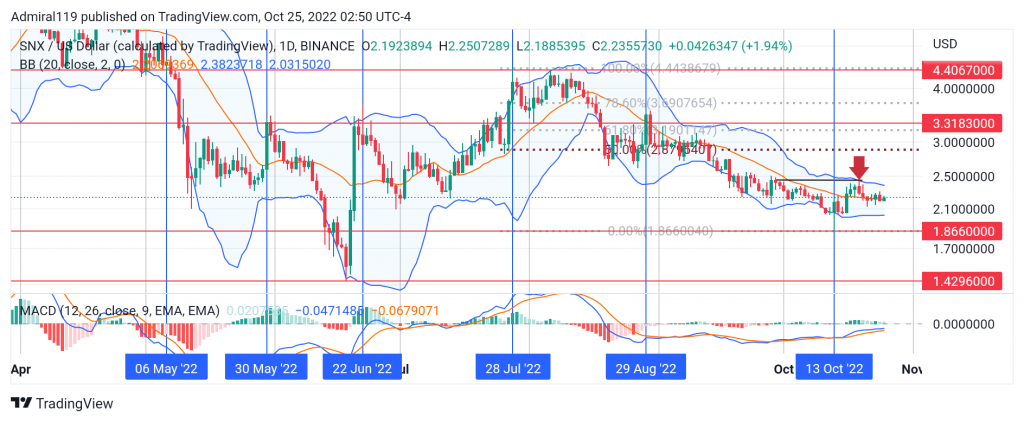Understanding the $4.3 Billion Binance Agreement: Navigating Regulatory Waters Through a $4.3 Billion Settlement
Don’t invest unless you’re prepared to lose all the money you invest. This is a high-risk investment and you are unlikely to be protected if something goes wrong. Take 2 minutes to learn more

In recent headlines, the colossal figure of a $4.3 billion fine has taken center stage, marking a pivotal moment for Binance, the globally renowned cryptocurrency exchange. This astronomical settlement signifies more than a monetary transaction; it symbolizes the gateway to a new era for Binance within the regulatory landscape. The world’s largest crypto exchange has, in my perspective, made a strategic investment in its own legitimacy by willingly accepting this substantial fine imposed by the U.S. government.
Beyond the eye-catching dollar amount, the fine can be viewed as a transformative acquisition, a payment that secures Binance’s freedom from the regulatory uncertainties that have long loomed over its operations. In this article, we delve into the intricacies of the $4.3 billion deal, examining how it positions Binance within the realm of compliance, regulatory adherence, and the broader implications for the cryptocurrency industry. Far from being a mere financial penalty, this settlement opens the door to a new chapter in Binance’s journey, shedding light on the evolving dynamics between cryptocurrency exchanges and regulatory authorities.
Tracing Binance’s Journey: A Concise Historical Overview
Binance, established in 2017 by Changpeng Zhao, swiftly emerged as a leading cryptocurrency exchange, leveraging cutting-edge technology and a user-friendly interface. The platform gained rapid popularity for its extensive range of cryptocurrencies, low trading fees, and innovative features such as Binance Coin (BNB) and initial coin offerings (ICOs). By 2018, it had claimed the title of the world’s largest crypto exchange by trading volume. However, Binance has not been without challenges, facing regulatory scrutiny in various jurisdictions. Despite this, it remains a key player in the dynamic landscape of digital asset trading, continually evolving to meet the demands of the ever-expanding cryptocurrency market.
Binance, the preeminent cryptocurrency exchange, has recently graced headlines with a staggering $4.3 billion fine, thrusting it into a pivotal moment that transcends mere financial dealings. This landmark settlement is more than a fiscal transaction; it serves as a symbolic bridge to a transformative era within the intricate realm of regulatory landscapes. Positioned as the world’s largest crypto exchange, Binance’s decision to willingly embrace this substantial fine from the U.S. government is, in essence, a strategic investment in its own legitimacy.
The Intricacies of the Agreement
In straightforward terms, trading on Binance.com is off-limits for U.S. customers, and the government is deploying compliance monitors to rigorously audit and ensure Binance’s genuine adherence to regulations.
However, U.S. customers can still engage with Binance.US, offering a dual-platform experience (feel free to explore both Binance.com and Binance.US if you’re reading this from the U.S.). Binance.US will undergo heightened compliance monitoring, a positive shift for customer assurance.
Changpeng Zhao (CZ) is relinquishing his role as CEO, passing the baton to Richard Teng, the former CEO of Abu Dhabi’s financial services regulator. CZ, while maintaining ownership stakes, forfeits voting rights.
And then there’s the substantial $4.3 billion fine, precisely $4,316,126,163. Binance contends it has earmarked up to $8 billion for an eventual settlement, seemingly preparing for an unforeseen future challenge.
Contrary to media portrayals, the assertion that Binance is making a “complete exit” from the U.S. is inaccurate. U.S. customers are integral to Binance’s sustained growth. It’s crucial to note that while U.S. users cannot access Binance.com, they can continue using Binance.US. This has maintained the status quo since 2019, albeit with an enhanced focus on compliance. Yet, proclaiming “things remain exactly the same at Binance” fails to capture the nuanced changes in the platform’s trajectory.
Conclusion
In essence, my optimism prevails despite acknowledging Binance’s missteps. While I strongly disapprove of any breach of the law, the past transgressions of aiding criminals raise concerns about the company’s embedded culture.
Drawing a parallel from Uber’s disruptive journey, I recognize the moral ambiguity inherent in aggressively promoting superior products, even at the cost of bending or breaking outdated regulations. Uber, under Travis Kalanick, challenged the taxi industry and significantly improved the customer experience, demonstrating the complex nature of these ethical dilemmas.
In the case of Binance, its commitment to providing excellent products and services remains undeniable. Renowned as one of the world’s most user-friendly and trustworthy crypto exchanges, Binance goes beyond mere transactions, ensuring fund security and continuous innovation, from high-yield staking to blockchain development. The company’s positive impact is further exemplified by its charitable initiatives.
As we navigate these intricate moral landscapes, it becomes evident that Binance, like Uber before it, is a force driving positive change within its industry, despite the challenges and ethical complexities encountered along the way.



